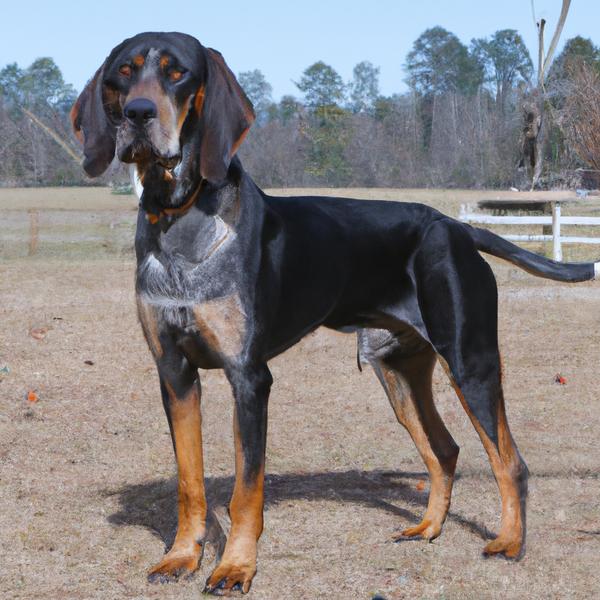Bluetick Coonhound vs. Chinook: Breed Differences and Similarities
Weight Gain Potential
Which breed eats more: Bluetick Coonhound or Chinook?
The Bluetick Coonhound and Chinook breeds have an average risk of becoming obese. Daily walks and a balanced diet of quality dry dog food can help maintain a healthy weight. An active lifestyle and monitoring weight regularly is recommended.
Hypoallergenic
Are Bluetick Coonhounds or Chinooks hypoallergenic, or neither?
Unfortunately, neither Bluetick Coonhound nor Chinook are hypoallergenic, which may not make them the best choice for dog lovers who suffer from pet allergies.
Temperament
What are the personalities of Bluetick Coonhound and Chinook dogs?
Friendly
Gentle
Active
Alert
Dignified
Responsive
Calm
Friendly
Shedding Level
Do Bluetick Coonhounds shed more than Chinooks, or which breed sheds more, Bluetick Coonhounds or Chinooks?
Bluetick Coonhound or Chinook dogs are not heavy shedders, but they will lose a significant amount of hair each year. To decrease the amount of shedding, you can regularly brush your Bluetick Coonhound or Chinook. This will remove loose hair and keep their coat growing in the same direction.
Watchdog Ability
Which dog breed makes a better watchdog, the Bluetick Coonhound or Chinook?
Avoid Bluetick Coonhounds as watchdogs - they're not effective.
Chinooks make excellent watchdogs - they're vocal and protective of their territory.
Origin
What is the origin of Bluetick Coonhound and Chinook dog breeds?
United States
United States
Ancestry
What are the origins of Bluetick Coonhound and Chinook breeds?
Foxhounds, Cur, French Hound, English Coonhound
Husky, North Pole Sled Team Dog
Breed recognition
Which kennel clubs recognize/register Bluetick Coonhound and Chinook?
American Canine Registry
American Kennel Club
America's Pet Registry
Australian National Kennel Council
Canadian Kennel Club
Dog Registry of America Inc.
National Kennel Club
North American Purebred Registry, Inc.
United Kennel Club
American Canine Association, Inc.
American Canine Registry
American Kennel Club
America's Pet Registry
Canadian Kennel Club
Dog Registry of America Inc.
North American Purebred Registry, Inc.
American Canine Association, Inc.
United Kennel Club
American Rare Breed Association
Date of Birth
When were Bluetick Coonhound and Chinook breeds first developed?
1940s
1900s
Breed Group
What is the Breed Group of Bluetick Coonhound and Chinook?
Hound (AKC:2009)
Scenthounds (UKC)
Working (AKC:2010)
Northern Breeds (UKC)
Eye Color Possibilites
What are the eye colors of Bluetick Coonhound and Chinook dogs?
Brown
Brown
Amber
Nose Color Possibilites
What are the natural nose colors of Bluetick Coonhound and Chinook?
Black
Black
Coat Color Possibilites
What are the natural colors of the coat for Bluetick Coonhound and Chinook breeds?
Blue
Brindle
Fawn
Fawn
White
Black
Gray
Coat Length
What is the typical coat length for Bluetick Coonhound and Chinook breeds?
The coat of Bluetick Coonhound and Chinook dogs falls in the medium-length category.
Coat Density
What is the density of the coat of Bluetick Coonhound and Chinook?
Coat Texture
What is the hair texture of Bluetick Coonhound and Chinook?
Straight
Wiry
Litter Size
What is the usual litter size for Bluetick Coonhound and Chinook?
A Bluetick Coonhound can have a litter of 11-12 puppies on average. However, it's worth noting that the size of the litters can vary greatly. Factors that can influence litter size include the health of the mother, breeding history, and genetics.
A Chinook can have a litter of 12-15 puppies on average. However, it's worth noting that the size of the litters can vary greatly. Factors that can influence litter size include the health of the mother, breeding history, and genetics.
Adaptability
Bluetick Coonhound and Chinooks are known for their adaptability and versatility. They are capable of adapting well to a wide range of lifestyle changes and living environments, making them great companions for families and individuals of all lifestyles.
Health Issues
Between Bluetick Coonhound and Chinook, which breed is more prone to health problems?
The Bluetick Coonhound is prone to health issues and requires regular check-ups with a vet to identify and treat any problems early.
While the Chinook breed is generally healthy, occasional vet check-ups are still necessary to address any health concerns.
Major Concerns
What are the major health concerns for Bluetick Coonhound and Chinook breeds?
Hip Dysplasia
Bloat
Usually A Very Healthy Breed
Minor Concerns
What minor health issues should be kept in mind when owning Bluetick Coonhound and Chinook?
Patellar Luxation
Excessive Shyness
Eye Abnormalities
Hip Dysplasia
Hormonal Skin Problems
Mono/Bilateral Cryptorchidism
Seizures And Spondylosis
Occasional Tests
What occasional tests are recommended for Bluetick Coonhound and Chinook breeds?
Hip
Knee
X-Rays
Physical Examination
Hip
Blood Test
Eyes
Skin Scraping
Eye Examination
Physical Examination
Energy
How do the energy levels of Bluetick Coonhounds and Chinooks compare?
Bluetick Coonhounds thrive on an active lifestyle due to their high-energy nature.
Chinooks are suitable for those with a balanced lifestyle as they have an average energy level.
Social Needs
Bluetick Coonhound vs Chinook social needs comparison
Bluetick Coonhound has average social needs and is less independent than other breeds.
Chinook has above average social needs and thrives with interaction with humans and other dogs.
Exercise Needed
Bluetick Coonhound vs Chinook exercise need comparison.
The Bluetick Coonhound and Chinook breeds need a high level of physical activity to maintain a healthy lifestyle. They also make great companions for people who lead an active lifestyle and enjoy running, hiking, or other outdoor activities. These breeds are not suitable for people with a sedentary lifestyle or those who live in small apartments.
Sleeping Need
Which of the two sleeps the most/least: Bluetick Coonhound or Chinook?
Bluetick Coonhounds are active and require sufficient sleep to stay healthy.
Chinooks have moderate energy levels and typical sleep patterns of 12-14 hours per day.
Drooling Tendency
Which drools more/less, Bluetick Coonhound or Chinook?
Bluetick Coonhound has low drooling tendency, suitable for those who dislike drool marks.
Chinook minimally drools, ideal for those who dislike drool marks on clothing.
Tendency to Bark
Do Bluetick Coonhounds or Chinooks bark more/less frequently?
Bluetick Coonhound dogs bark and howl frequently and are not recommended for quiet homes.
Chinooks bark moderately when necessary and may also bark due to certain triggers like fear, alarm, boredom, greeting, separation anxiety and compulsive barking.
Territorial
Is the Bluetick Coonhound or Chinook a better guard dog?
Bluetick Coonhound and Chinook breeds are not typically bred for their protective nature and may not be the best choice as guard dogs. They may not have a strong drive to defend their territory and may not be inclined to provide protection.
Mouthiness
Mouthiness Comparison: Bluetick Coonhound vs Chinook?
Roaming urge
Bluetick Coonhound vs Labrador: Running away tendency?
Prey Drive
Bluetick Coonhound or Chinook - which breed has a higher level of prey drive?
Activity Level
Which breed has higher energy, Bluetick Coonhounds or Chinooks?
Bluetick Coonhounds are high-energy dogs. They need mental as well as physical exercise. These dogs require a lot of your involvement and without it they can, and will, become problematic dogs.
Chinooks are medium-energy dogs and typically enjoy socializing and playing casual or even sustained games of chase with other dogs. They may also have occasional periods of barking or racing around the house.
Tolerance of being left alone
Walks per Week
How many miles should Bluetick Coonhound or Chinook walk each week?
Bluetick Coonhound and Chinook generally need a minimum of 10 miles of walking per week, but it can be increased as long as they are comfortable with it.
Activity per Day
Do Bluetick Coonhounds or Chinooks require more exercise?
In general most Bluetick Coonhounds usually need at least 90 minutes of exercise daily. This can be spread across the day and include all sorts of high-energy activities, like walking, running and playing.
In general most Chinooks usually need at least 60 minutes of exercise daily. This can be spread across the day and include all sorts of high-energy activities, like walking, running and playing.
Grooming
Which breed is easier to maintain in terms of grooming, Bluetick Coonhounds or Chinooks?
The Bluetick Coonhound is a low-maintenance breed that doesn't require much grooming.
The Chinook requires an average amount of grooming compared to other breeds.
Brushing Frequency
What is the recommended brushing frequency for Bluetick Coonhound and Chinook dogs?
Bluetick Coonhound and Chinook should be brushed at least once a week. Of course, you can give them more frequent brushes if you find that they are still shedding a lot.
Brushing Tools
What brushing tools are used for Bluetick Coonhounds and Chinooks?
Pin Brush
Slicker Brush
Nail Clipper
Slicker Brush
Comb
Deshedder
Nail Clipper
Cups
How much food should be given to Bluetick Coonhound or Chinook in cups?
For an average 55-80 pound (25 - 36 kg) Bluetick Coonhound feed 2.5 cups daily. But, keep in mind, the amount you feed is going to be dependent on the quality of the food you are feeding.
For an average 55-90 pound (25 - 41 kg) Chinook feed 3 cups daily. But, keep in mind, the amount you feed is going to be dependent on the quality of the food you are feeding.
Daily Cost
Which breed has a higher daily cost, Bluetick Coonhound or Chinook?
The average cost of a Bluetick Coonhound is somewhere $2.50 - $3.20 per day.
The average cost of a Chinook is somewhere $2.10 - $2.70 per day.
Monthly Cost
Which breed has a higher monthly cost, Bluetick Coonhound or Chinook?
The average per month expenses of a Bluetick Coonhound is between $74 - $95. This makes an average of $888 - $1140 per year. It will be on the higher side when the dog is still small because it will need more frequent visits to the vet, shots.
The average per month expenses of a Chinook is between $55 - $73. This makes an average of $660 - $876 per year. It will be on the higher side when the dog is still small because it will need more frequent visits to the vet, shots.
Intelligence
Comparing Intelligence: Bluetick Coonhounds vs Chinooks
Bluetick Coonhound and Chinook have below-average obedience intelligence compared to other breeds. However, calling them "dumb dogs" is unjust. While Bluetick Coonhound and Chinook lack obedience and working intelligence, they compensate for it with their remarkable ability to comprehend human emotions.
Sensitivity Level
How do Bluetick Coonhound and Chinook compare in sensitivity?
These dog breeds are particularly attuned to its environment and the emotions of those around it. Bluetick Coonhound and Chinook can be easily overwhelmed by loud noises, new environments, unfamiliar people, or animals. This dog breed is best suited for individuals or families who are patient, gentle, and understanding of its sensitive nature. It may also benefit from a calm and stable home environment, with a consistent routine and plenty of positive reinforcement training.
Affection Dependance
Which is the more affectionate dog breed: Bluetick Coonhound vs Chinook?
Apartment Friendly
Which breed is more apartment-friendly: Bluetick Coonhound or Chinook?
The Bluetick Coonhound is not suitable for apartments and requires a large yard to thrive. Pent-up energy in small spaces can lead to destructive behavior.
Chinooks are good apartment dogs as long as they get enough exercise and stimulation outside of the apartment.
Child Friendly
Do Bluetick Coonhounds or Chinooks have a friendlier temperament towards children?
Bluetick Coonhounds are good with kids if socialized and trained from a young age.
Chinooks make excellent family pets for kids due to their gentle, protective nature and calm temperament.
Senior-friendly
Which dog is more suitable as a pet for the elderly - Bluetick Coonhound or Chinook?
Cat Friendly
Do Bluetick Coonhound or Chinook breeds have a better compatibility with cats?
Bluetick Coonhounds and Chinooks are an average cat friendly dog. They do well with cats, even more if raised together from puppyhood.
Dog Friendly
Which breed is more sociable with other dogs: Bluetick Coonhound or Chinook?
Bluetick Coonhounds are generally very friendly towards other dogs, with a happy and affectionate temperament.
Chinooks are average in their friendliness towards other dogs, and socialization can help.
Pet friendly
How do Bluetick Coonhound or Chinook dogs interact with other pets?
Stranger Friendly
Which breed is more friendly with strangers: Bluetick Coonhound or Chinook?
Bluetick Coonhound and Chinook are average friendly around strangers. They can be wary around strangers and a little standoffish, so early socialization is key to ensure they are comfortable around new people.
Playfulness
Which breed is more playful between Bluetick Coonhound and Chinook?
Bluetick Coonhounds have an average level of playfulness, enjoying playtime like most dogs but not excessively so.
Chinooks are a playful breed that needs daily playtime to be happy.
Trainability
How do the trainability levels of Bluetick Coonhounds and Chinooks compare?
Bluetick Coonhounds are popular for their ease of training and quick learning ability.
Chinooks are usually easy to train but require consistency to fully obey commands.
Compare Bluetick Coonhound with other breeds
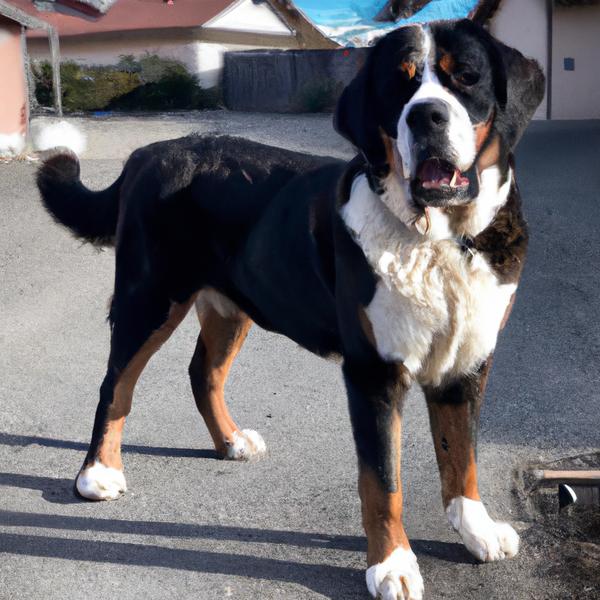
Saint Berxer
Bluetick Coonhound vs Saint Berxer
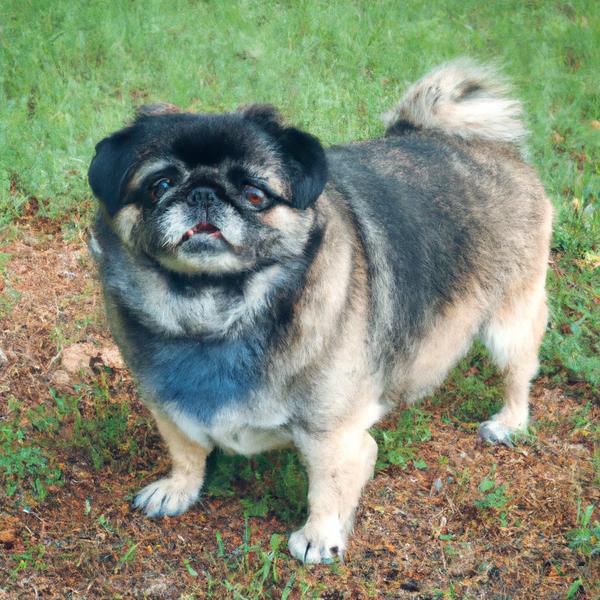
Sheltie Pug
Bluetick Coonhound vs Sheltie Pug
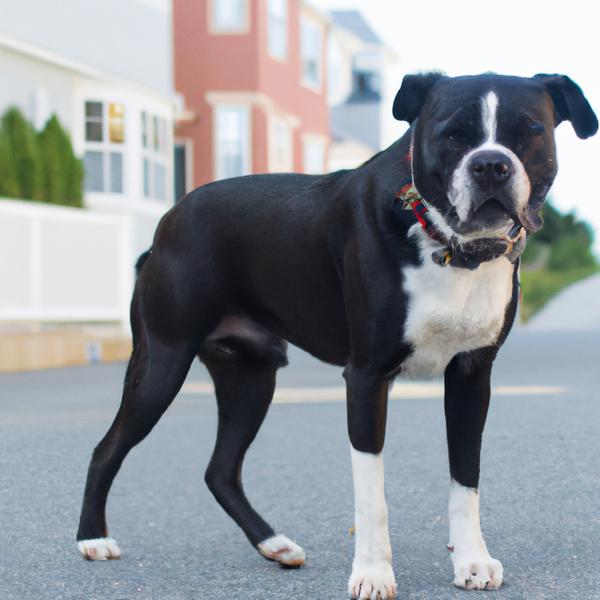
Boston Lab
Bluetick Coonhound vs Boston Lab
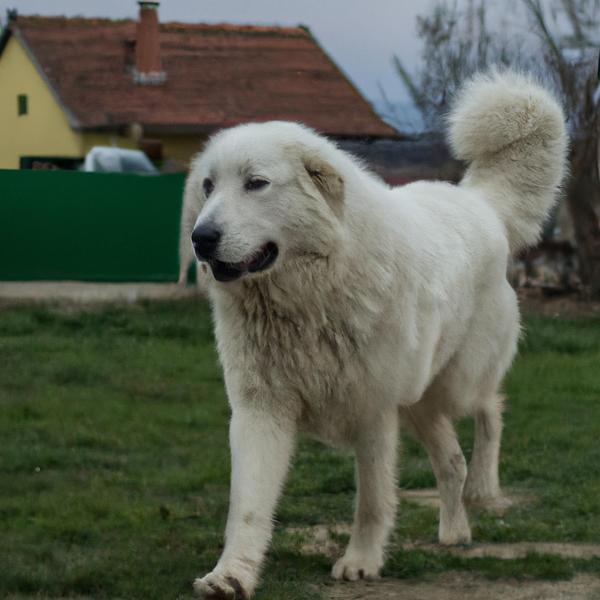
Kuvasz
Bluetick Coonhound vs Kuvasz
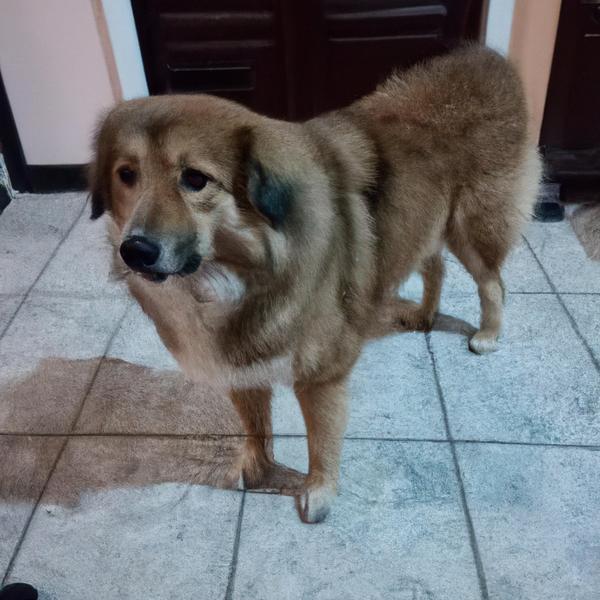
Daug
Bluetick Coonhound vs Daug
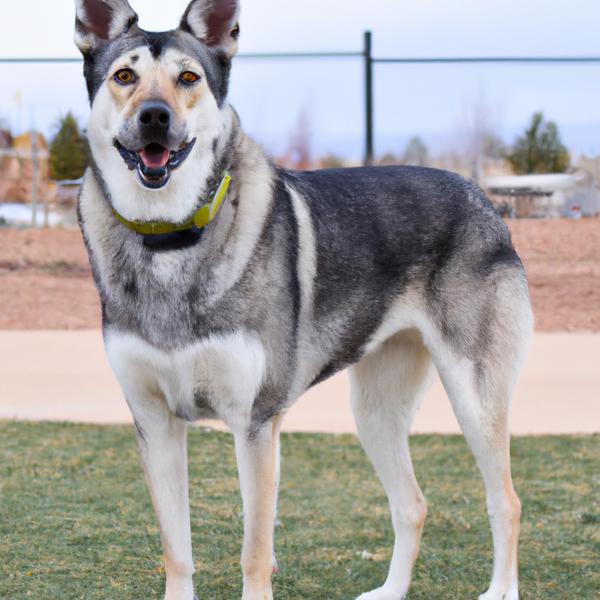
Chinook
Bluetick Coonhound vs Chinook
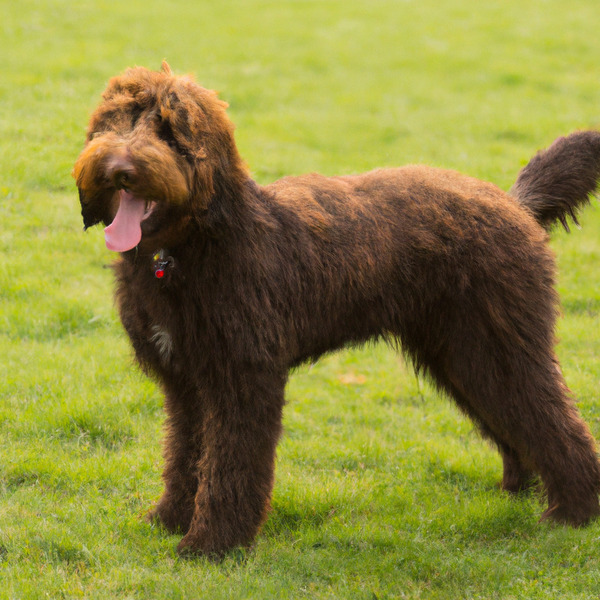
Labradoodle
Bluetick Coonhound vs Labradoodle
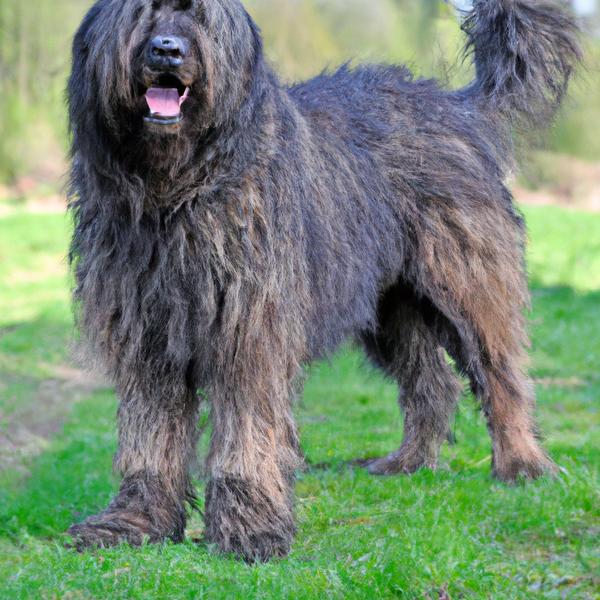
Bergamasco Shepherd
Bluetick Coonhound vs Bergamasco Shepherd
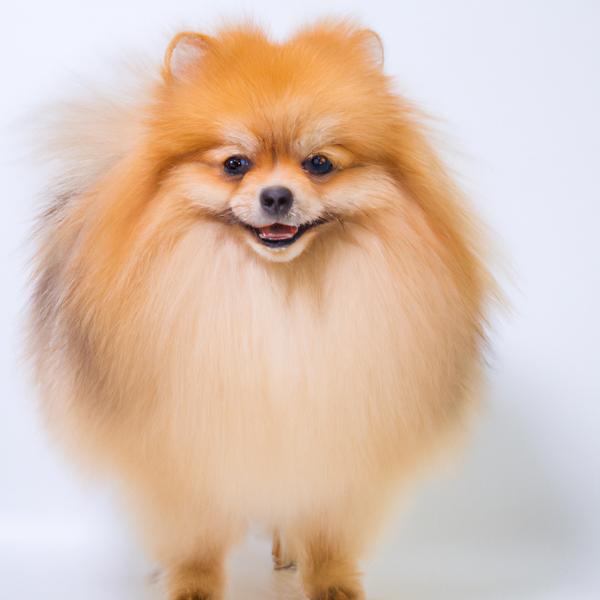
Pom-Kee
Bluetick Coonhound vs Pom-Kee
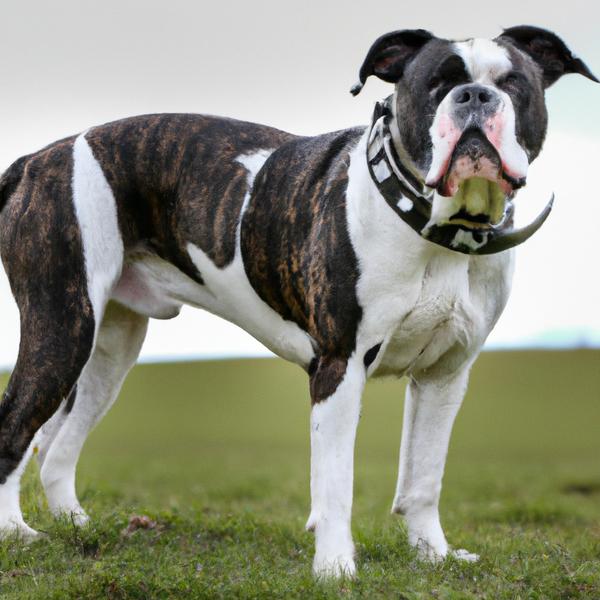
English Bull Springer
Bluetick Coonhound vs English Bull Springer
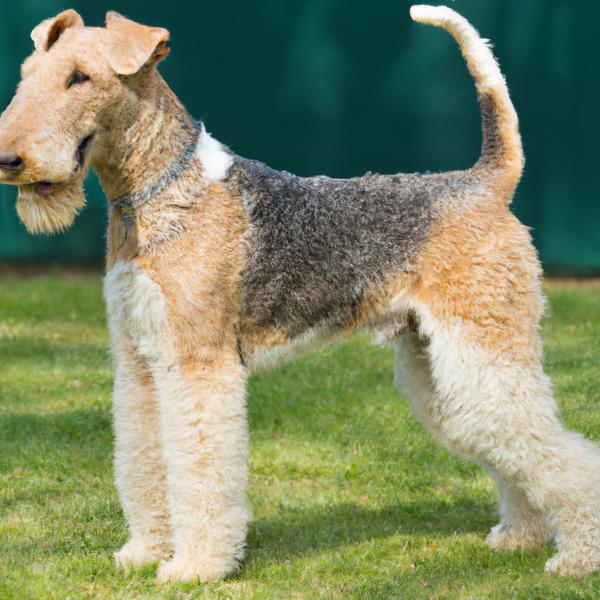
Welsh Wire Fox Terrier
Bluetick Coonhound vs Welsh Wire Fox Terrier
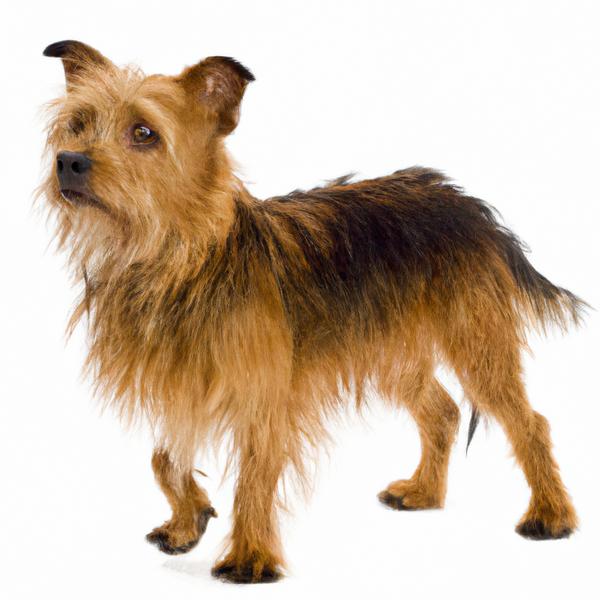
Aussie Silk Terrier
Bluetick Coonhound vs Aussie Silk Terrier
